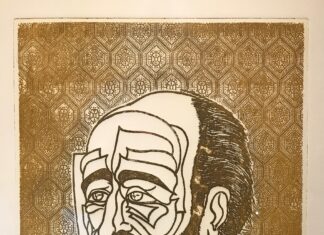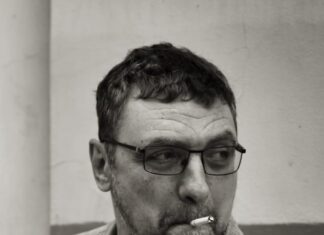By Daphne Abeel
Special to the Mirror-Spectator
The founding director of the Psychology of Peace and Violence program at the University of Massachusetts, Ervin Staub has pursued a lifelong study of violence, its origins and the methods and strategies by which it may be overcome.
While his career has been primarily in academia, he has taken on the role of activist and field worker in his efforts to promote reconciliation in several situations, most notably in Rwanda, but also through the creation and administration of training programs with police in cities such as Los Angeles and Boston.
This book, a sequel to a previous title, The Roots of Evil: The Origins of Genocide and Other Group Violence (1989) is based on 32 years of research, work in real life settings and publications on violence between groups and its prevention. He notes in the introduction, “I wrote this book to advance scholarship but also very much to promote practical efforts in prevention and reconciliation.”









